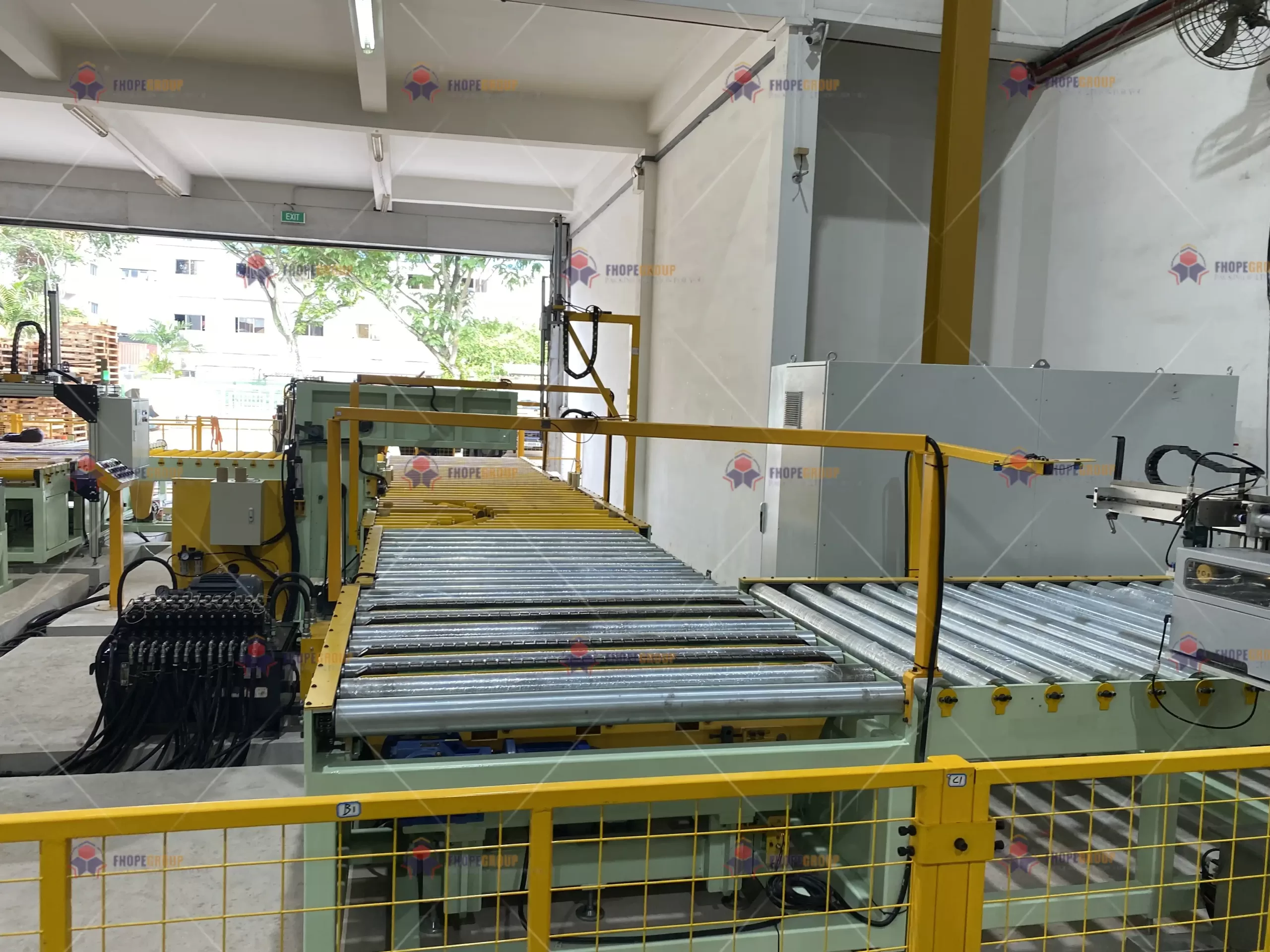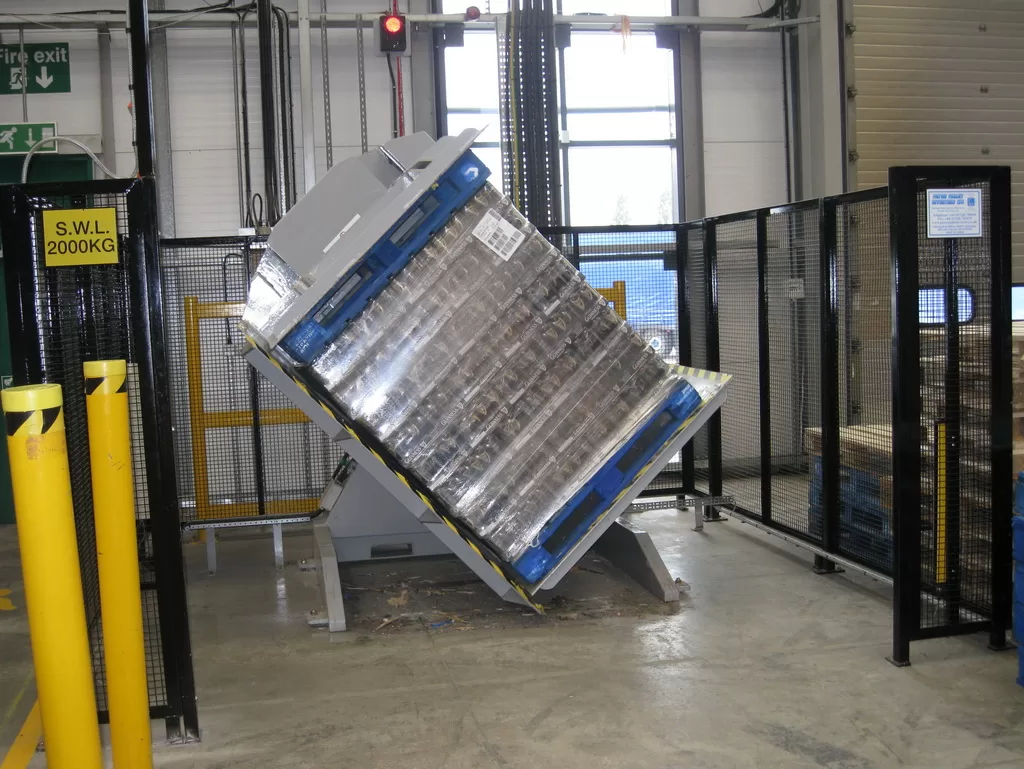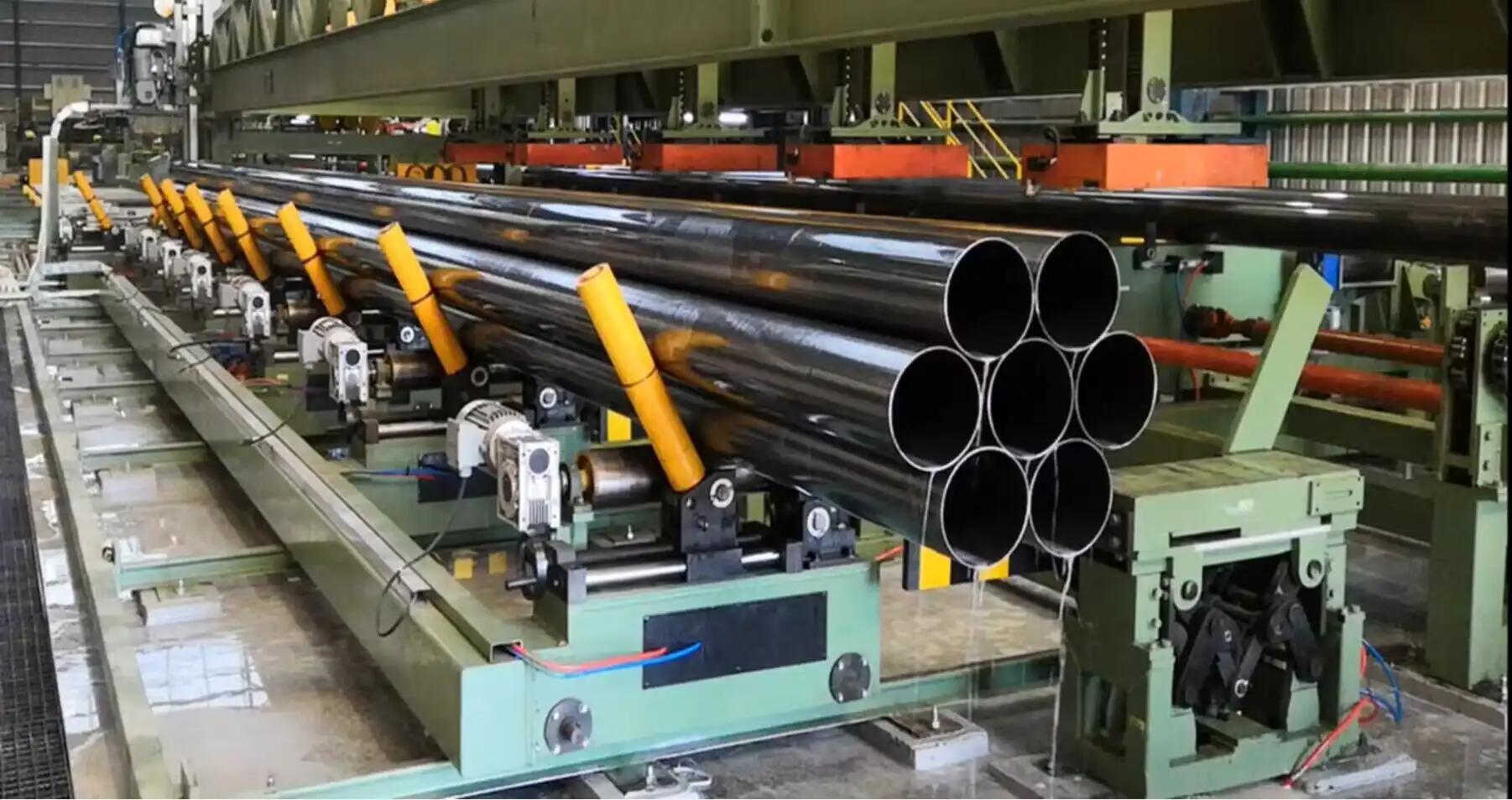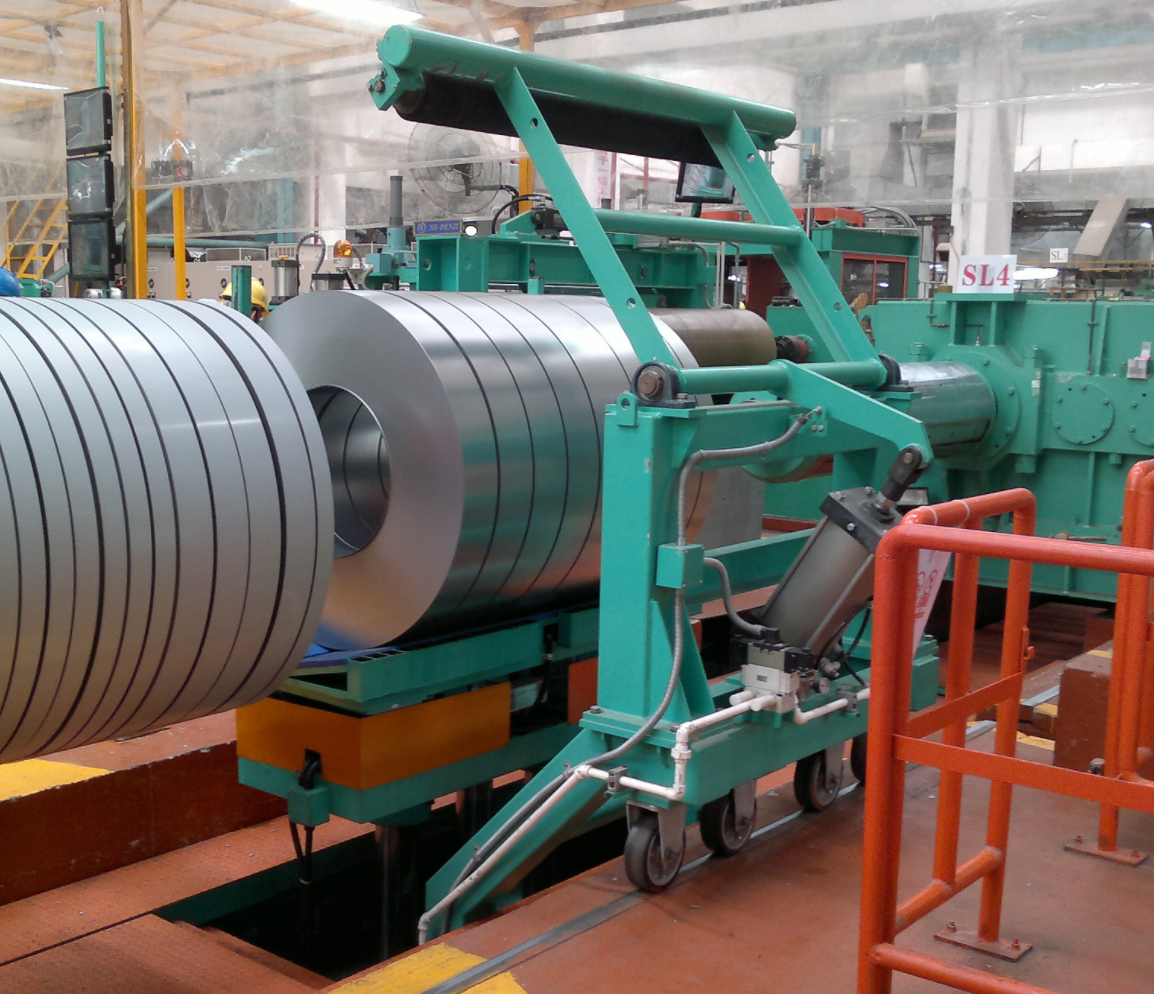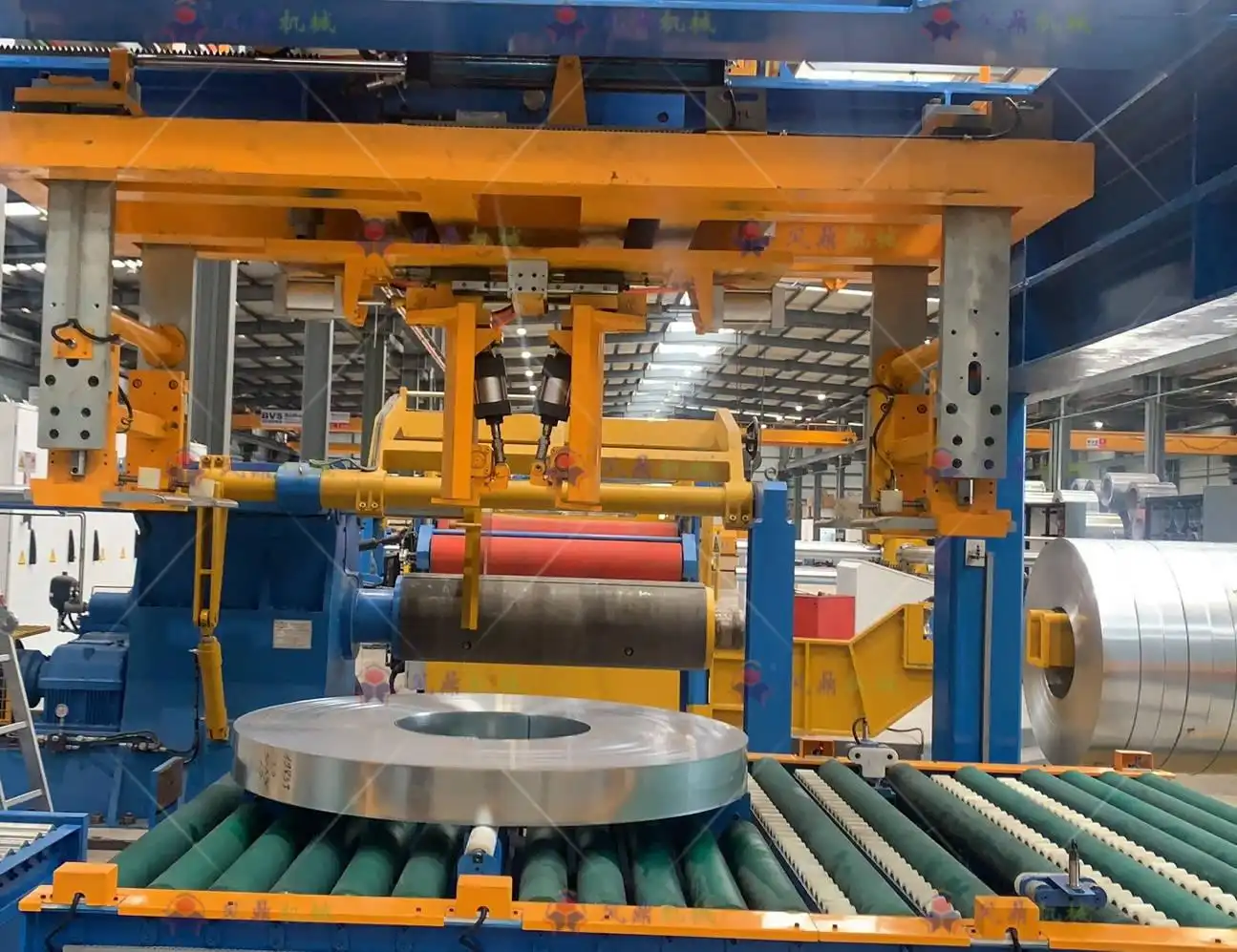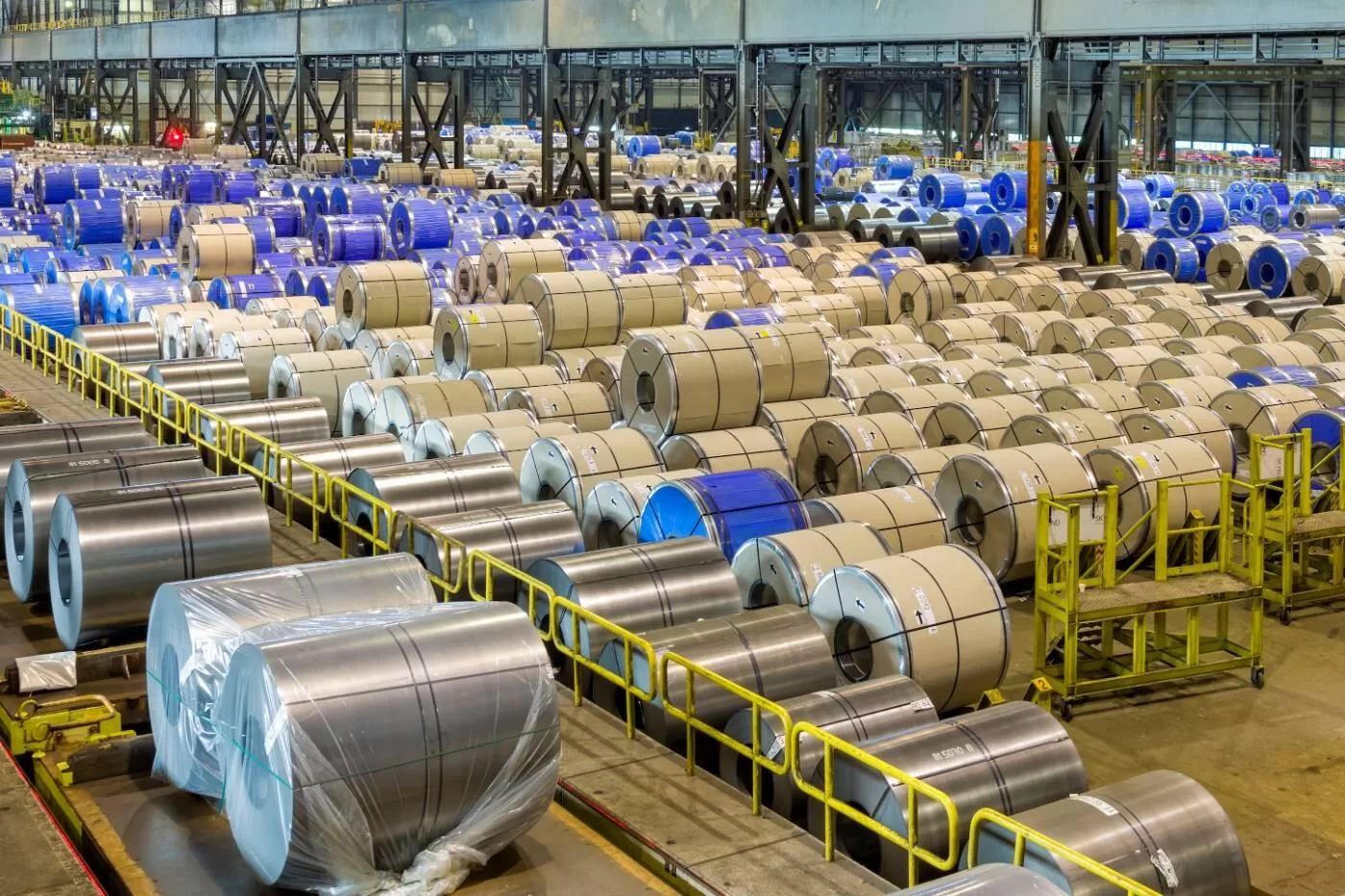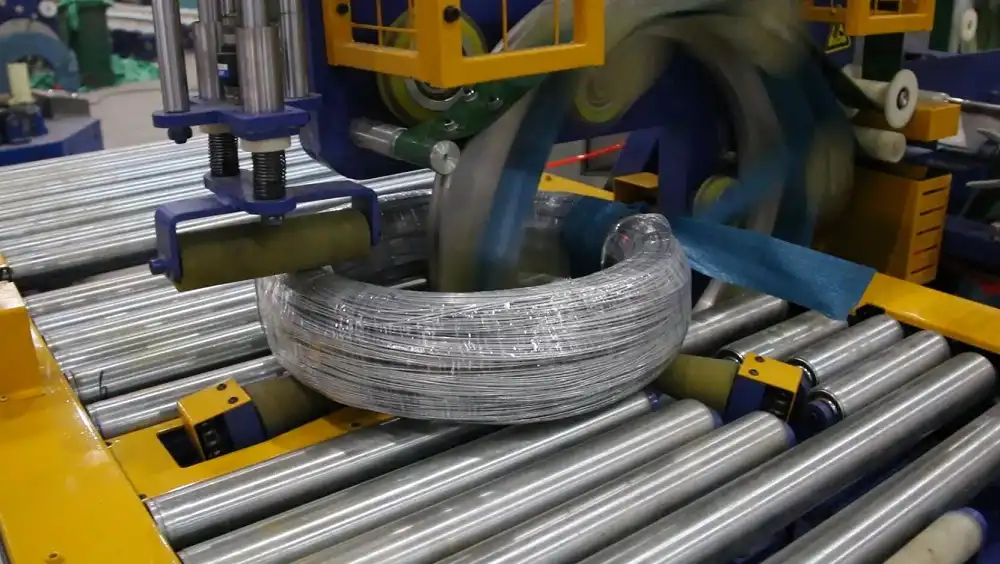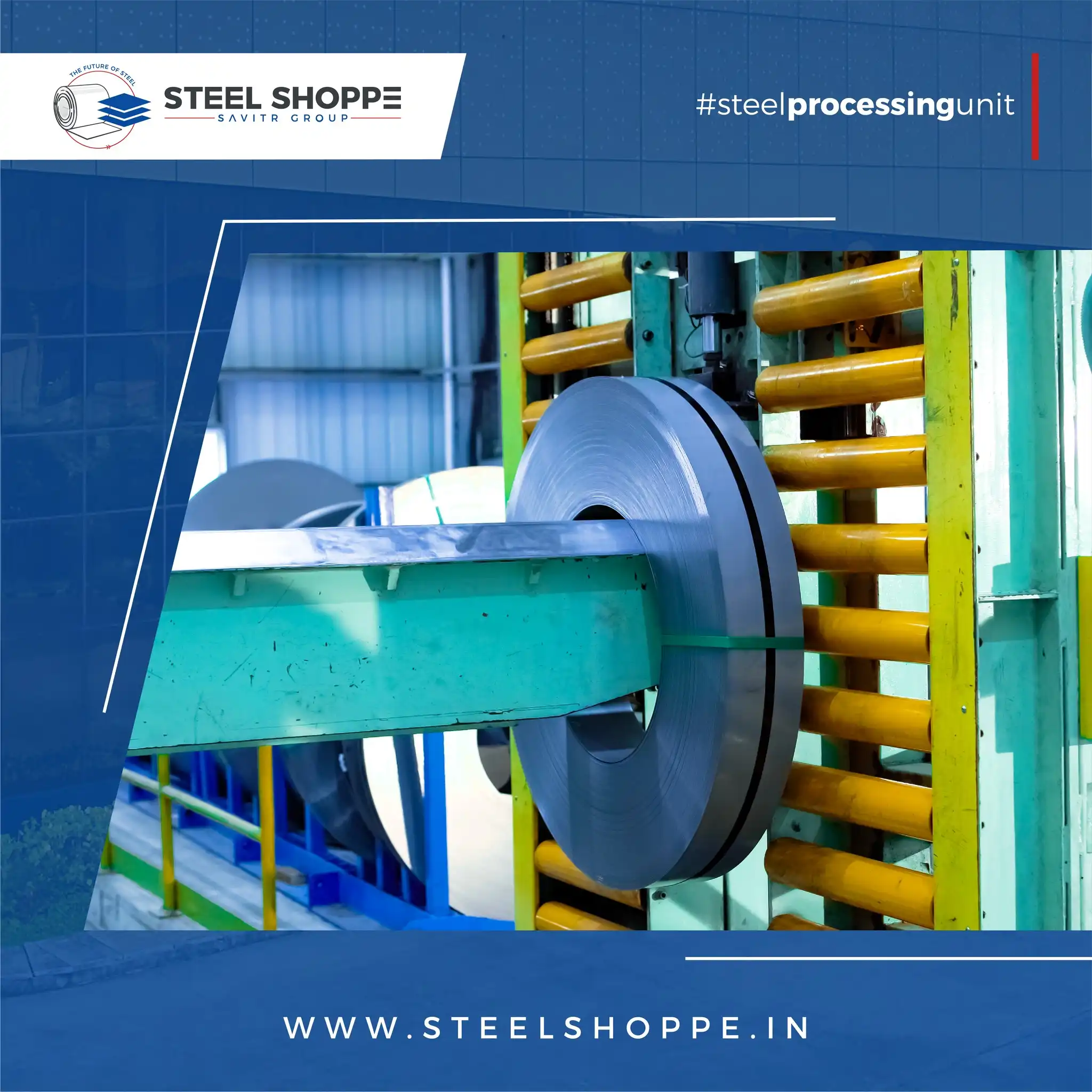What Are the Advantages of Pipe Bundling Machines in Reducing Labor Injuries?
Pipe bundling machines offer a significant leap forward in workplace safety. By automating the often-hazardous task of manually bundling pipes, these machines minimize the risk of common injuries, creating a safer and more efficient work environment for employees.
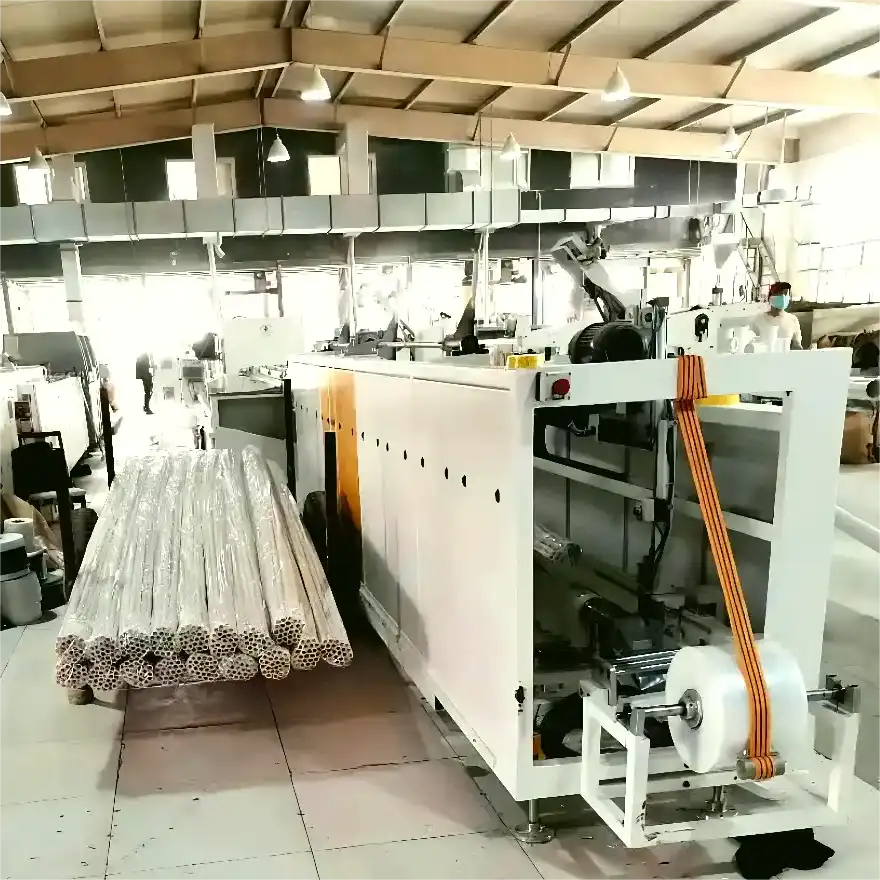
Pipe bundling machines drastically reduce labor injuries by automating heavy lifting, repetitive motions, and awkward postures associated with manual pipe bundling. This automation minimizes the risk of strains, sprains, cuts, and other common workplace injuries.
Ready to discover how pipe bundling machines are revolutionizing workplace safety and efficiency? Keep reading to explore the multifaceted benefits these machines offer in minimizing labor injuries and optimizing pipe packaging processes.
The High Cost of Manual Pipe Bundling: A Safety Perspective
Manual pipe bundling, while seemingly straightforward, presents numerous opportunities for workplace injuries. Understanding these risks is the first step toward appreciating the value of automated solutions.
Manual pipe bundling leads to a higher incidence of injuries due to heavy lifting, repetitive tasks, awkward postures, and the risk of accidents from handling heavy and unwieldy materials. Pipe bundling machines significantly mitigate these risks through automation.

Identifying and Mitigating Risks in Manual Pipe Handling
To truly grasp the advantages of pipe bundling machines, it’s crucial to dissect the specific dangers inherent in manual pipe handling. These dangers often lead to a range of injuries that can significantly impact a company’s bottom line and, more importantly, the well-being of its workforce.
Musculoskeletal Disorders (MSDs)
One of the most prevalent concerns in manual pipe bundling is the development of musculoskeletal disorders. These conditions arise from the repetitive motions, heavy lifting, and awkward postures that are often required. Here’s a breakdown:
-
Repetitive Strain Injuries (RSIs): Tasks like repeatedly lifting and positioning pipes can strain muscles and tendons, leading to conditions like tendinitis and carpal tunnel syndrome.
-
Back Injuries: Lifting heavy pipes, especially when twisting or bending, can cause severe back pain, herniated discs, and other spinal injuries.
-
Joint Problems: Continuous stress on joints, such as knees and shoulders, can result in arthritis and other degenerative joint conditions.
Acute Injuries
Beyond the gradual onset of MSDs, manual pipe bundling also poses the risk of sudden, acute injuries:
-
Cuts and Lacerations: Sharp edges on pipes, banding materials, or tools can cause cuts and lacerations, especially if workers are not wearing adequate protective gear.
-
Crush Injuries: Fingers, hands, or feet can be crushed if pipes shift or fall during handling or stacking.
-
Strains and Sprains: Sudden movements, slips, or falls while carrying heavy pipes can result in strains and sprains, particularly in the back, shoulders, and ankles.
The Domino Effect
The risks associated with manual pipe bundling can create a domino effect, leading to further complications. For instance, a worker experiencing back pain may adopt an even more awkward posture to compensate, increasing the risk of further injury. Similarly, fatigue from repetitive tasks can reduce alertness and increase the likelihood of accidents.
Analyzing Injury Data: A Comparative Look
To better illustrate the impact of automation on workplace safety, consider the following hypothetical data comparing injury rates in manual versus automated pipe bundling operations:
Injury Type Manual Bundling (Injuries per 100 Workers) Automated Bundling (Injuries per 100 Workers) Back Injuries 15 2 Repetitive Strain 12 1 Cuts and Lacerations 8 0.5 Sprains and Strains 10 1.5 Crush Injuries 5 0 Total Injuries 50 5 This data clearly demonstrates a significant reduction in injury rates with the implementation of automated pipe bundling machines. The dramatic decrease in back injuries, repetitive strain injuries, and cuts and lacerations underscores the effectiveness of automation in mitigating the risks associated with manual handling.
By understanding the multifaceted risks of manual pipe bundling and analyzing comparative data, it becomes clear that investing in automated solutions like pipe bundling machines is a proactive and effective approach to protecting workers and reducing workplace injuries.
Ergonomic Advantages: Designing a Safer Workspace
Ergonomics plays a crucial role in minimizing labor injuries. Pipe bundling machines are designed with ergonomic principles in mind, significantly reducing physical strain on workers.
Pipe bundling machines improve ergonomics by eliminating the need for workers to perform repetitive, strenuous tasks. This reduces the risk of musculoskeletal disorders and creates a more comfortable and sustainable work environment.
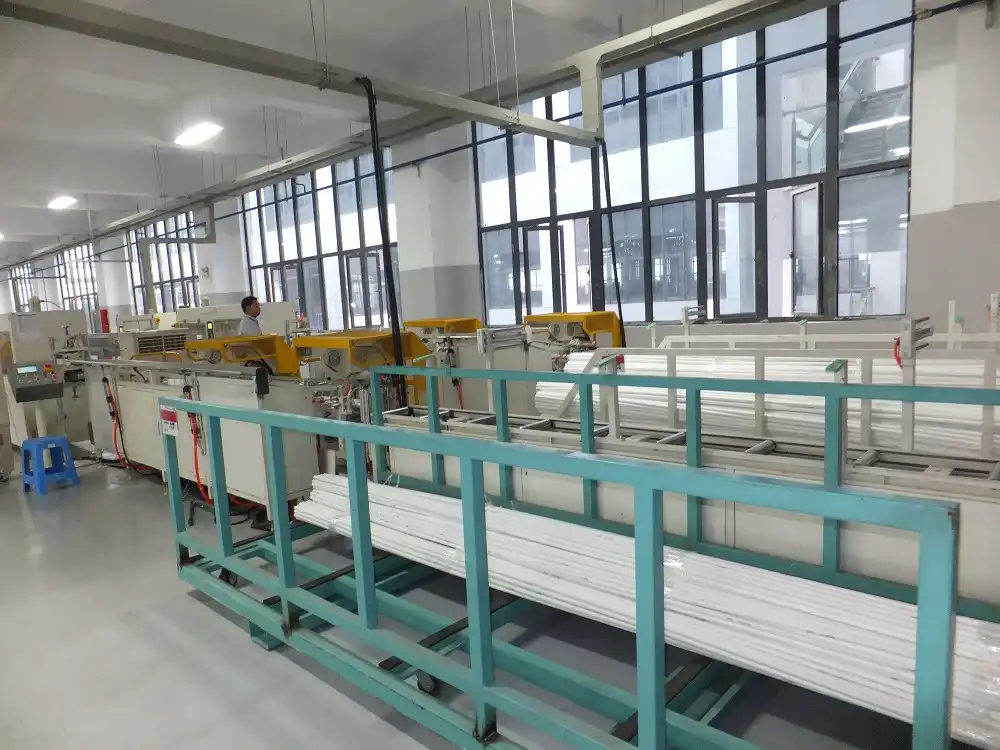
Ergonomic Design Features and Their Impact on Worker Safety
Automated pipe bundling systems are not just about replacing human labor with machines; they are about creating a workspace that is inherently safer and more comfortable for workers. By incorporating ergonomic design principles, these machines significantly reduce the physical demands of pipe bundling, leading to fewer injuries and improved overall well-being.
Adjustable Height and Reach
One of the key ergonomic features of many pipe bundling machines is their adjustability. Operators can often adjust the height and reach of the machine to suit their individual body dimensions and preferences. This reduces the need for workers to bend, stretch, or reach awkwardly, minimizing strain on the back, shoulders, and arms.
Intuitive Controls
Modern pipe bundling machines are equipped with user-friendly controls that are easy to learn and operate. This reduces the cognitive load on workers, allowing them to focus on the task at hand without feeling overwhelmed or stressed. Intuitive controls also minimize the risk of errors that could lead to accidents or injuries.
Reduced Repetitive Motions
Perhaps the most significant ergonomic benefit of pipe bundling machines is their ability to reduce repetitive motions. By automating tasks like lifting, aligning, and securing pipes, these machines eliminate the need for workers to perform these motions repeatedly throughout the day. This drastically reduces the risk of repetitive strain injuries, such as carpal tunnel syndrome and tendinitis.
Optimized Workflow
Well-designed pipe bundling systems optimize the workflow, minimizing unnecessary movements and delays. This reduces the physical demands on workers and improves overall efficiency. For example, some machines are designed to automatically feed pipes into the bundling station, eliminating the need for workers to manually carry pipes from one location to another.
Integrated Safety Features
Ergonomic design also encompasses safety features that protect workers from potential hazards. These features may include:
- Light Curtains: These create a safety zone around the machine, automatically stopping operation if a worker’s hand or arm enters the zone.
- Emergency Stop Buttons: These allow workers to quickly shut down the machine in case of an emergency.
-
Guards and Shields: These protect workers from moving parts and potential pinch points.
By carefully considering these ergonomic factors in the design and implementation of pipe bundling machines, companies can create a workplace that is not only safer but also more productive and sustainable. The result is a healthier, happier workforce and a stronger bottom line.
Enhanced Efficiency: Streamlining the Bundling Process
Beyond safety, pipe bundling machines significantly enhance efficiency. Automation leads to faster bundling times and consistent quality.
Pipe bundling machines enhance efficiency by automating repetitive tasks, increasing speed and throughput, and ensuring consistent bundling quality, leading to higher productivity and reduced operational costs.
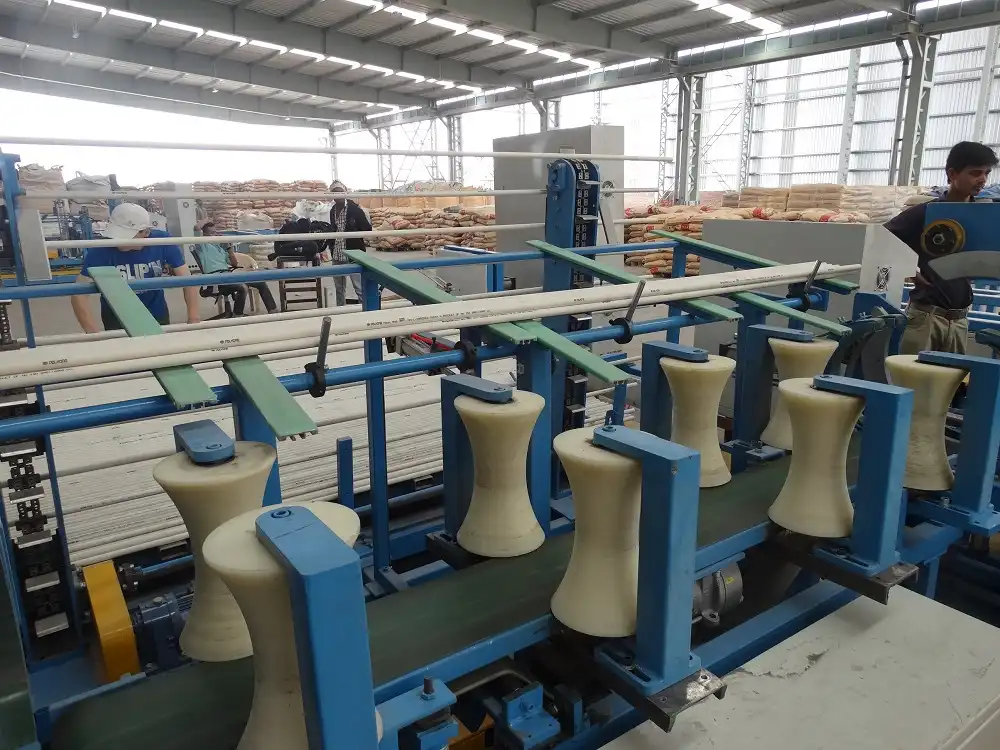
Quantifying Efficiency Gains with Automated Systems
The integration of pipe bundling machines is not just a matter of improving safety; it’s also a strategic move to boost operational efficiency. By automating key aspects of the bundling process, these machines offer quantifiable gains in productivity, cost savings, and overall throughput.
Increased Speed and Throughput
One of the most immediate benefits of automated pipe bundling is the increase in speed and throughput. Machines can bundle pipes much faster than human workers, especially when dealing with large volumes or heavy materials. This translates to more pipes bundled per hour, day, or week, allowing companies to meet tighter deadlines and handle larger orders.
Reduced Labor Costs
By automating the bundling process, companies can reduce their reliance on manual labor, leading to significant cost savings. Fewer workers are needed to perform the same amount of work, and the risk of costly injuries is minimized. This can free up resources to invest in other areas of the business, such as research and development or marketing.
Consistent Bundling Quality
Automated pipe bundling machines are programmed to perform tasks with a high degree of precision and consistency. This ensures that each bundle meets the required specifications for size, weight, and tightness. Consistent bundling quality reduces the risk of damage during shipping and handling, minimizing waste and improving customer satisfaction.
Optimized Material Usage
Some pipe bundling machines are equipped with features that optimize material usage. For example, they can automatically cut banding materials to the precise length needed for each bundle, minimizing waste and saving money. They can also be programmed to create bundles of specific sizes and weights, ensuring that materials are used efficiently.
Real-Time Data and Analytics
Modern pipe bundling machines are often integrated with data and analytics systems that provide real-time insights into the bundling process. This data can be used to identify bottlenecks, optimize workflows, and track key performance indicators (KPIs). By monitoring these metrics, companies can continuously improve their bundling operations and maximize efficiency.
Measuring the Impact: A Case Study
To illustrate the potential efficiency gains, consider a hypothetical case study of a pipe manufacturing company that implemented an automated pipe bundling system:
| Metric | Before Automation | After Automation | Percentage Change |
|---|---|---|---|
| Pipes Bundled per Hour | 50 | 150 | +200% |
| Labor Costs per Bundle | $2.00 | $0.50 | -75% |
| Material Waste | 5% | 1% | -80% |
| Customer Complaints | 3% | 0.5% | -83% |
This case study demonstrates the transformative impact that automated pipe bundling machines can have on efficiency. The company saw a significant increase in throughput, a reduction in labor costs and material waste, and improved customer satisfaction. These gains highlight the compelling business case for investing in automated bundling solutions.
Minimizing Downtime: Ensuring Continuous Operation
Automated systems reduce the risk of disruptions caused by labor injuries. This translates to less downtime and more consistent production.
%[online pipe bundling ang bagging machine3 scaled.webp "pipe packaging safety"]
Pipe bundling machines minimize downtime by reducing the risk of labor injuries, ensuring consistent operation and preventing disruptions to production schedules.
By automating what was once a complex and dangerous task, pipe bundling machines minimize downtime and ensure consistent operation, all while maintaining high levels of safety in the workplace. Investing in this cutting-edge technology can help businesses achieve increased productivity and profitability, while simultaneously safeguarding the well-being of their valued workforce.
Conclusion
Pipe bundling machines offer a compelling solution for reducing labor injuries and enhancing efficiency in pipe packaging. By automating hazardous tasks, improving ergonomics, and streamlining the bundling process, these machines create a safer and more productive work environment. The long-term benefits of reduced downtime, lower injury rates, and increased throughput make pipe bundling machines a worthwhile investment for any company seeking to optimize its operations and protect its workforce. Investing in labor injury reduction is a investment to the company’s safety and long-term success.

